This weekend the Royal Academy (R.A) celebrates its 250th anniversary with the opening of 6 Burlington Gardens (main picture), duly refurbished for the occasion. When it was dirty the Palladian facade felt coldly overbearing, but cleaning it has highlighted the bands of sandstone and brown marble columns that lend warmth to the Portland stone. Originally built in the garden of Burlington House as the HQ for the University of London, this Victorian edifice turns out to be rather handsome.
The R.A bought the building in 2001. It is separated from Burlington House by only a few feet and is perfectly aligned with it, yet linking the two buildings has proved difficult. David Chipperfield’s solution comprises a vaulted corridor lined with plaster casts and the flayed figures once used to study anatomy. This cuts through the art school (I wonder how they will stop curious visitors wandering round the school?) and leads to a new bridge connecting the two buildings (pictured below right by Simon Menges).
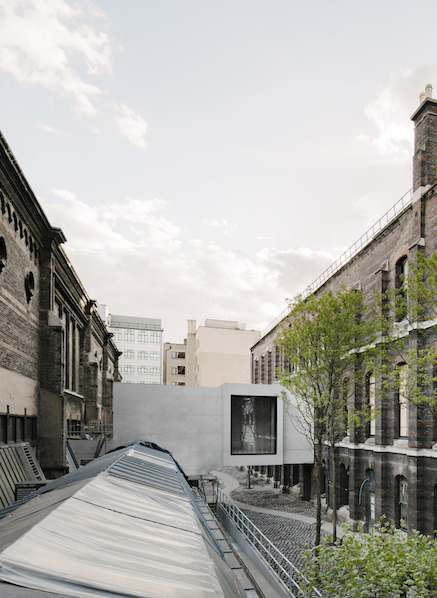 The most disappointing aspect of the refurbishment is the sacrifice of the spacious galleries at the north east corner of Burlington Gardens for a lecture theatre. This indicates a shift in how the R.A wants to be perceived. Rather than an institution known for its excellent exhibition programme, they are rebranding themselves as “a hub of learning and debate” and calling their enlarged premises “a new campus”.
The most disappointing aspect of the refurbishment is the sacrifice of the spacious galleries at the north east corner of Burlington Gardens for a lecture theatre. This indicates a shift in how the R.A wants to be perceived. Rather than an institution known for its excellent exhibition programme, they are rebranding themselves as “a hub of learning and debate” and calling their enlarged premises “a new campus”.
The ambition is to attract visitors all year round with a programme of lectures and family workshops. Another draw is a gallery devoted to the R.A’s collection, which includes Michelangelo’s Taddei Tondo, Self-portraits by luminaries such as Thomas Lawrence, Joshua Reynolds and Thomas Gainsborough, Turner’s painting of Dolbadern Castle and a group of Constable’s wonderful cloud studies. Despite these delights, though, its a dispiriting experience dominated by copies – plaster casts of classical Greek and Roman sculptures and copies of Leonardo’s Last Supper and Raphael’s tapestry cartoons. These may be useful for reference, but ultimately they are as lifeless as painted corpses.
Another draw is the new café at the top of the imposing staircase, but the introduction of a long bar makes the ornate room seem even narrower and less welcoming. Hopefully, the tables will spill out onto the landing to breathe some life into a building that feels as if everything happens behind new, very heavy doors – more closed down than opened up.
Sadly, only one suite of galleries is now available for the temporary exhibitions that, hopefully, will attract people to the “new campus”. These are bravely occupied by Tacita Dean with Landscape, the final part of her magnificent trilogy of exhibitions also showing at the National and National Portrait Galleries.
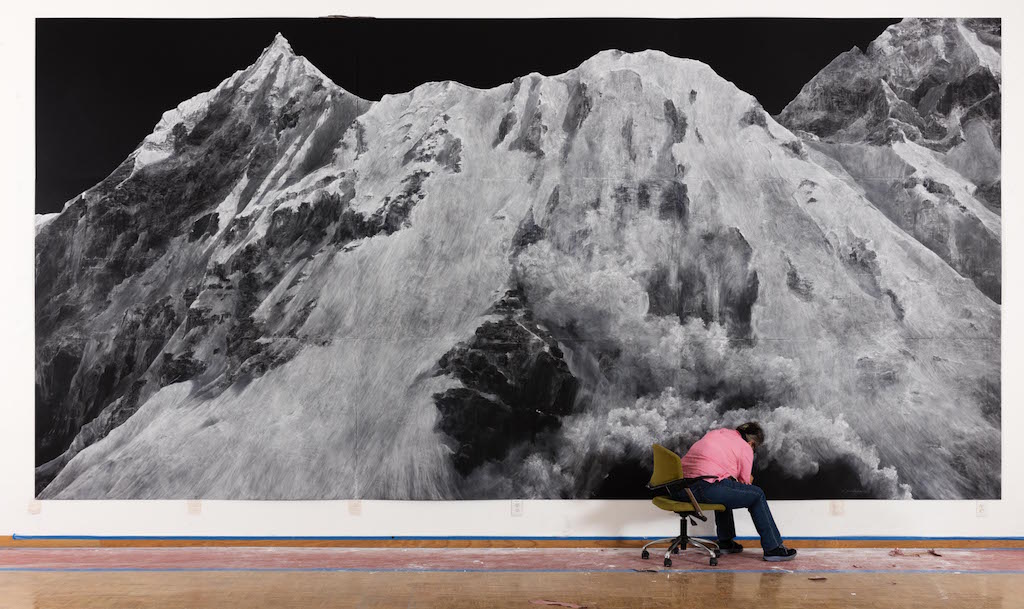 Devoted to blackboard drawings, the first room is dominated by a wall-sized image of snow-covered peaks that, in its scale and ambition, conjures the awe with which Victorian artists like John Martin approached the immensity of nature. Dean’s title, Montafan Letter, 2018 (pictured above: Tacita Dean working on Montafan Letter by Fredrik Nilsen Studio) refers to a letter describing an avalanche that buried a village in the Austrian Alps in 1689. A second avalanche buried the priest who was officiating at the funeral, but a third one miraculously uncovered him.
Devoted to blackboard drawings, the first room is dominated by a wall-sized image of snow-covered peaks that, in its scale and ambition, conjures the awe with which Victorian artists like John Martin approached the immensity of nature. Dean’s title, Montafan Letter, 2018 (pictured above: Tacita Dean working on Montafan Letter by Fredrik Nilsen Studio) refers to a letter describing an avalanche that buried a village in the Austrian Alps in 1689. A second avalanche buried the priest who was officiating at the funeral, but a third one miraculously uncovered him.
Martin’s apocalyptic painting The Great Day of His Wrath, 1853 shows the devastation of a city by an earthquake, but Dean’s mountain has an almost surreal, picture-postcard serenity. Close-up you can see the scratchy marks made by the chalk – evidence of the work involved in creating this huge drawing. At a distance, though, one is seduced by her ability to conjure the ethereal quality of the light reflected off ice and snow. This dichotemy between the labour-intensive process and the effortless beauty of the final image somehow echoes our relationship with nature. The abundance of sublime pictures of dangerous places makes them seem safe and familiar and blunts our respect for and fear of the natural world.
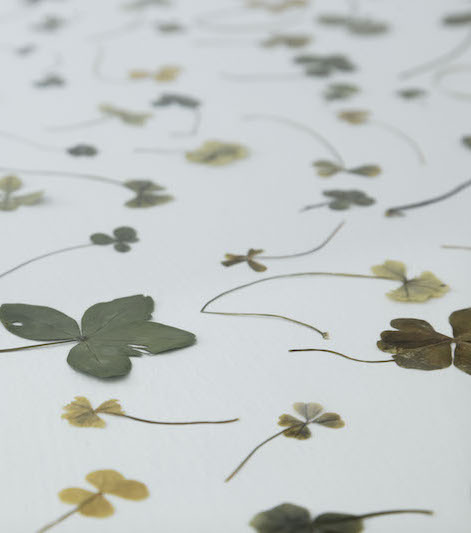 To create her series of cloud drawings, Dean developed a way of blowing liquid chalk onto the slates once used in Victorian schoolrooms. Beneath her filmy evocations of billowing clouds are the ghostly traces of diagrams and incised graffiti. Hand written snippets of Shakespearean text, such as “I do remember now”, create further links between evanescent form and historical record. And, nearby, a collection of spherical stones suggests another, equally poetic relationship between nature and culture.
To create her series of cloud drawings, Dean developed a way of blowing liquid chalk onto the slates once used in Victorian schoolrooms. Beneath her filmy evocations of billowing clouds are the ghostly traces of diagrams and incised graffiti. Hand written snippets of Shakespearean text, such as “I do remember now”, create further links between evanescent form and historical record. And, nearby, a collection of spherical stones suggests another, equally poetic relationship between nature and culture.
In the next room is a captivating collection of clover leaves with up to 9 leaves (pictured left: detail). Reliance on luck is an essential aspect of Dean’s working method. She has devised a way of masking sections of film so that only a portion of it is exposed at a time. Rewinding the reel and filming again allows her to juxtapose subjects recorded on different occasions and in distant locations. But since the results are revealed only once the filming is over, its a risky business.
Antigone is a multi-screen epic, based on her sister’s name, that explores blindness – stumbling about in the dark – as a metaphor for the creative process. We follow Oedipus (Stephen Dillane) hobbling across a stony landscape having plucked out his eyes on discovering that he has killed his father and married his mother. His wanderings are juxtaposed with shots of gases belching from blow holes in Yellowstone National Park and shrouding the surrounding rocks in volcanic ash, as though somehow nature were echoing his tragedy (pictured below: still from Antigone 2018) .
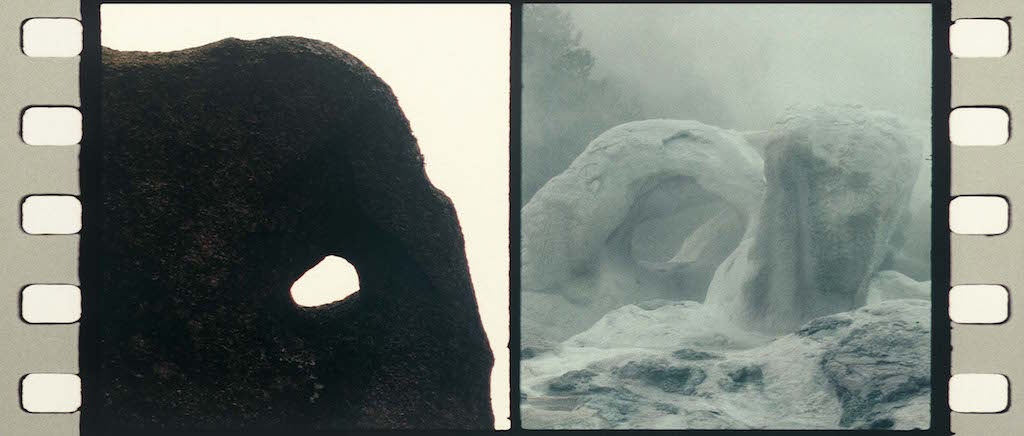 Classicist Anne Carson discusses aspects of the Greek myth, including the role of Oedipus’s daughter/sister, Antigone, but with sound and image overlaid in a complex and often inaudible web, these sections feel like research that has infiltrated the main picture. Images of a solar eclipse recorded in California create a clear structure, but the film still seems to lose its way in a mire of unanswered questions about blindness, darkness and disability.
Classicist Anne Carson discusses aspects of the Greek myth, including the role of Oedipus’s daughter/sister, Antigone, but with sound and image overlaid in a complex and often inaudible web, these sections feel like research that has infiltrated the main picture. Images of a solar eclipse recorded in California create a clear structure, but the film still seems to lose its way in a mire of unanswered questions about blindness, darkness and disability.
Inaugurating the new galleries with an exhibition that adopts radical approaches to the traditional subject of landscape is a good beginning. Lets hope the Royal Academy can sustain this level of promise and so attract the visitors to Burlington Gardens that it dreams of.

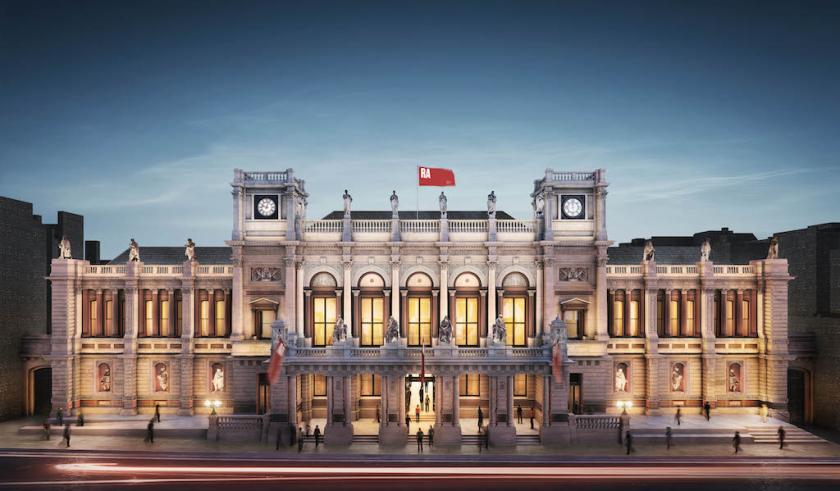







![SEX MONEY RACE RELIGION [2016] by Gilbert and George. Installation shot of Gilbert & George 21ST CENTURY PICTURES Hayward Gallery](/sites/default/files/styles/thumbnail_125_x_125_/public/mastimages/Gilbert%20%26%20George_%2021ST%20CENTURY%20PICTURES.%20SEX%20MONEY%20RACE%20RELIGION%20%5B2016%5D.%20Photo_%20Mark%20Blower.%20Courtesy%20of%20the%20Gilbert%20%26%20George%20and%20the%20Hayward%20Gallery._0.jpg?itok=3oW-Y84i)





Add comment